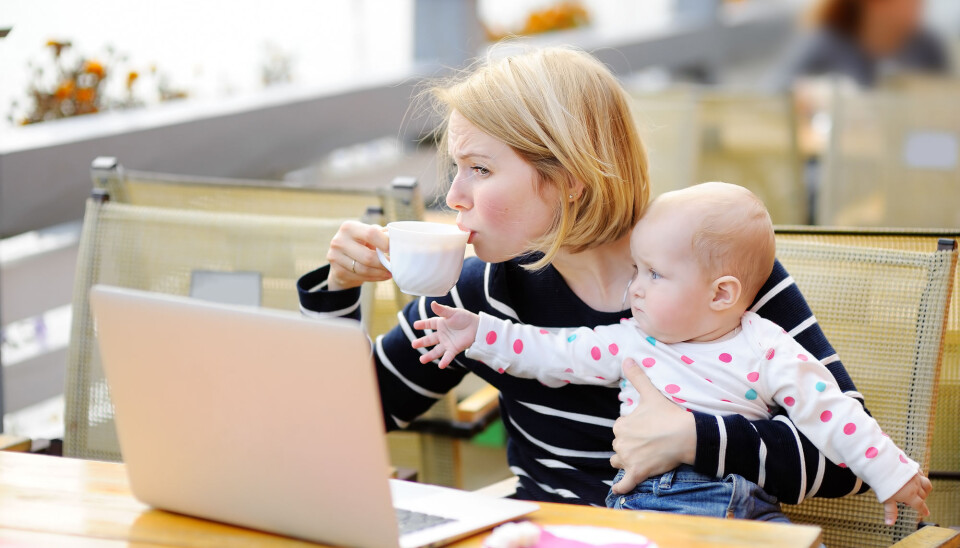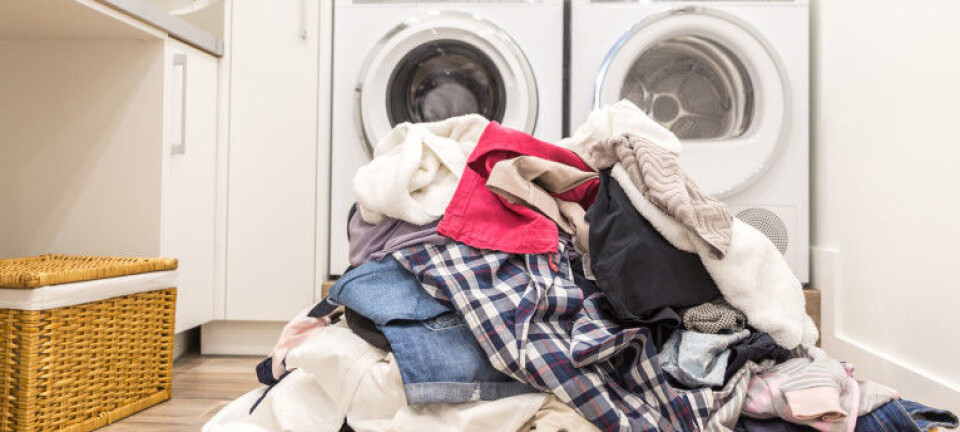This article was produced and financed by Oslo Metropolitan University - read more

Young people experiencing temporary layoffs during the coronavirus crisis are considering shifting careers
Meanwhile, lower-earning adults with less education are having a harder time following the recommendations of public health authorities, making them more susceptible to contracting the illness, a new Norwegian study finds.
As part of a survey conducted by The Norwegian Work Research Institute, AFI, 1,200 employed adults in Norway have been asked questions related to their experiences of working life. In total, 3,000 respondents will participate in the 2020 Working Life Barometer, which is financed by YS, a confederation of labour unions in Norway. The results presented in this article, are thus preliminary.
“Fully 70 per cent of employed adults say that their workday has changed substantially in the past few weeks,” says Mari Holm Ingelsrud, a researcher at the Norwegian Work Research Institute (AFI) at OsloMet.
One in six has been laid off or experienced reduction of income
The impact of the coronavirus pandemic has, however, affected different groups of employed adults in different ways.
- One in six employed adults surveyed (16%) has been temporarily laid off, experienced an income reduction, or both.
- Employed adults between the ages of 30 and 44, many of whom have a family to help support, are most likely to be temporarily laid off.
- Employed adults lacking higher education and with income that falls below the national median are more likely to be temporarily laid off or experience a reduction in income.
- Young people temporarily laid off or experiencing a reduction in income are more likely to want to pursue further education.
“If there is a bright spot amid these rather grim results, it is that people who have been temporarily laid off or experienced a reduction in their income report being more interested in pursuing further education than other employed adults", says Ingelsrud.
"This is particularly true in the cases of employed adults under 45 and women,” she says.
Shifting careers and further education
The biggest change felt by better-educated and highly-paid employed adults is that most of them are now working from home. Many of them also report an increased workload.
“Among those who have been temporary laid off, however, a strikingly large proportion say that they are planning to pursue further education if they are permanently laid off,” says Ingelsrud.
“A majority of these respondents are considering shifting careers completely", Ingelsrud continues, “and not simply acquiring new qualifications to continue working in their current field.”
Less educated struggle to follow health recommendations
“The preliminary results of the survey indicate that it is the less educated and people with lowest socioeconomic status who have the most difficulty following the official recommendations relating to social distancing and the use of public transit,” says Svenn-Erik Mamelund, a pandemic researcher at OsloMet.
“Why this is the case is not something the data can tell us.”
Mamelund does however have some working theories as to what may be behind this pattern.
“It may be because workers of higher socioeconomic status are more able to work from home. Workers who cannot work from home, cannot necessarily avoid using public transportation when going to work, at least not in Oslo where the disease has been and is most rampant,” Mamelund says.
“Some groups with lower socioeconomic status may also have less health literacy and various problems with accessing the advice given by the authorities,” the researcher elaborates, “for example due to language problems, as well as less positive attitudes towards the authorities and the recommendations they are issuing.”
At this stage, the researchers do not detect a discernable difference in the rates of morbidity between less educated adults with lower levels of education and their better educated, higher earning counterparts. What is clear is that multigenerational households and households with more than five people have higher rates of morbidity.
“It is not surprising to us that when people from several generations live together or in larger families with several children that this makes them more likely to be exposed to the illness and in some cases ultimately contract the disease”, says Mamelund.
Social disparities may give rise to differences in morbidity and mortality
Although preliminary results did not find evidence of a social gradient in covid-19 morbidity, Mamelund is concerned that if these social disparities in complying with social distancing and travel restrictions continue, it will eventually result in social differences in morbidity and mortality.
There are also some caveats to the study.
First, as the study makes use of cross-sectional data, the authors cannot conclude that there is a causal link between hand-washing and lower levels of infection spread.
Secondly, the study authors acknowledge that self-reported covid-19 morbidity could be inflated by symptoms of the common cold, influenza or pollen allergy.
However, other studies have shown that hand hygiene can reduce influenza transmission. During the last two weeks of March, there was also a sharp drop in influenza activity in Norway that might be associated with the strict measures introduced in Norway 12 March. A drop in influenza transmission also means that the burden on the health care system is reduced, leaving more time for doctors and nurses to care for seriously ill covid-19 patients
———


































